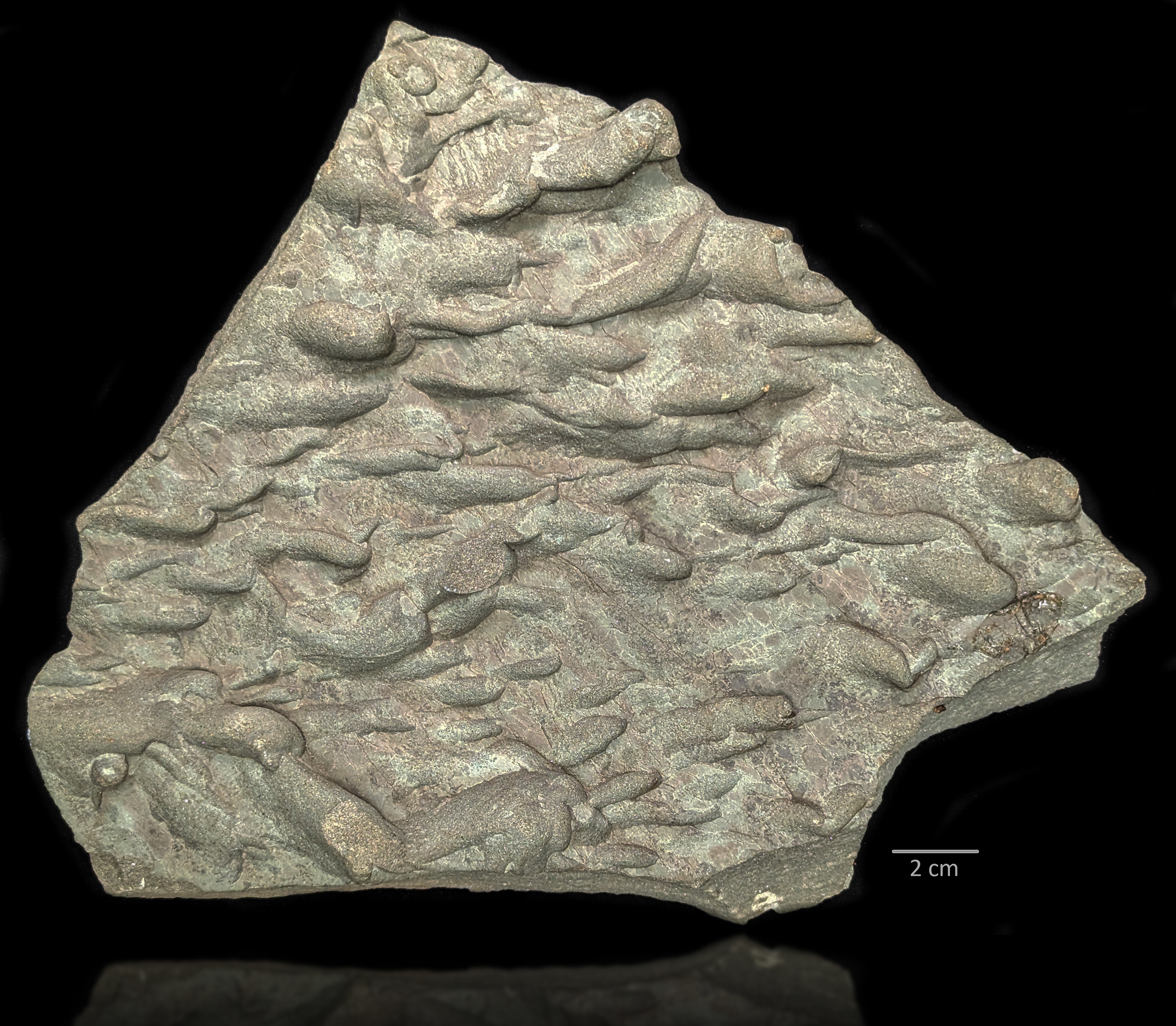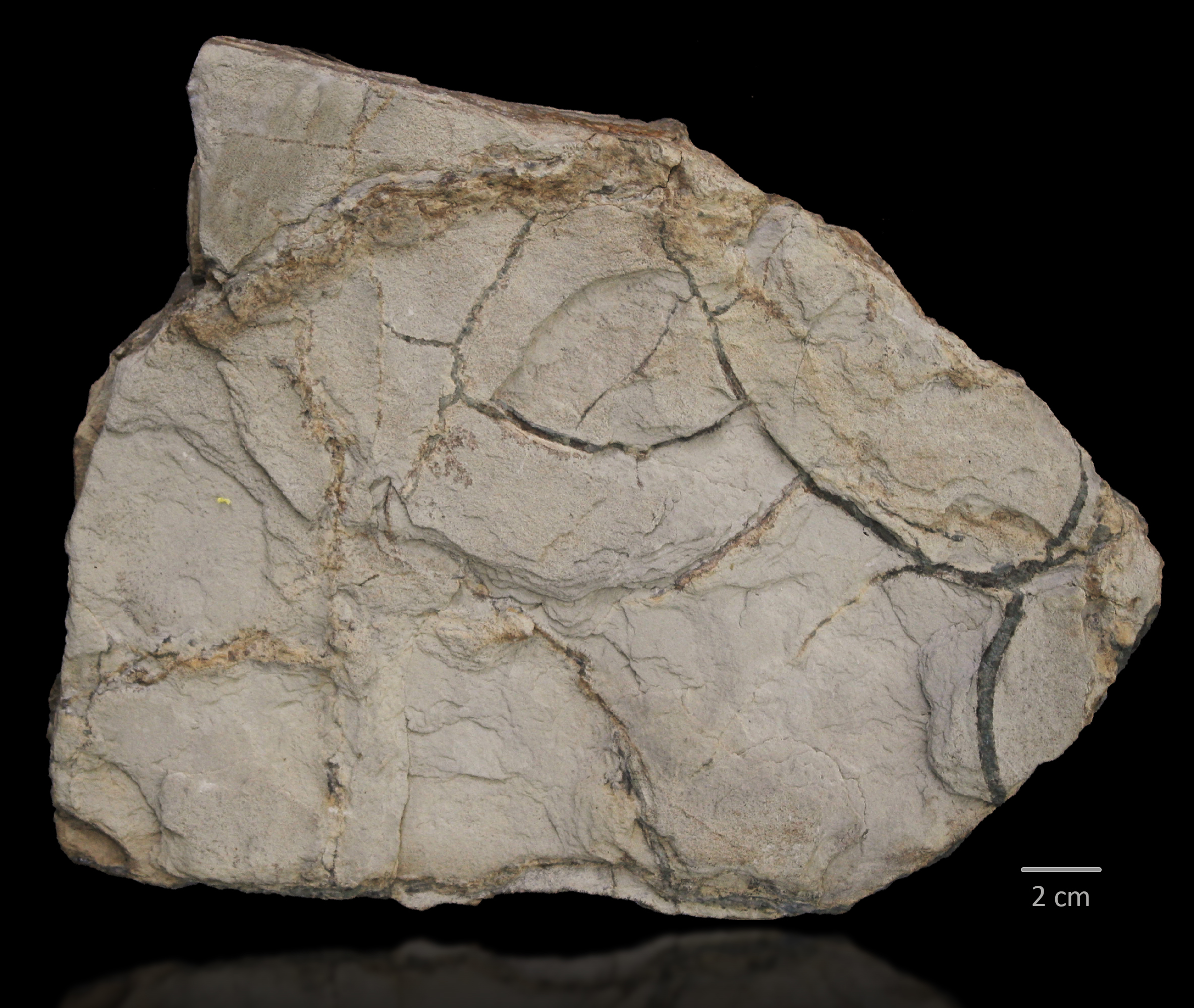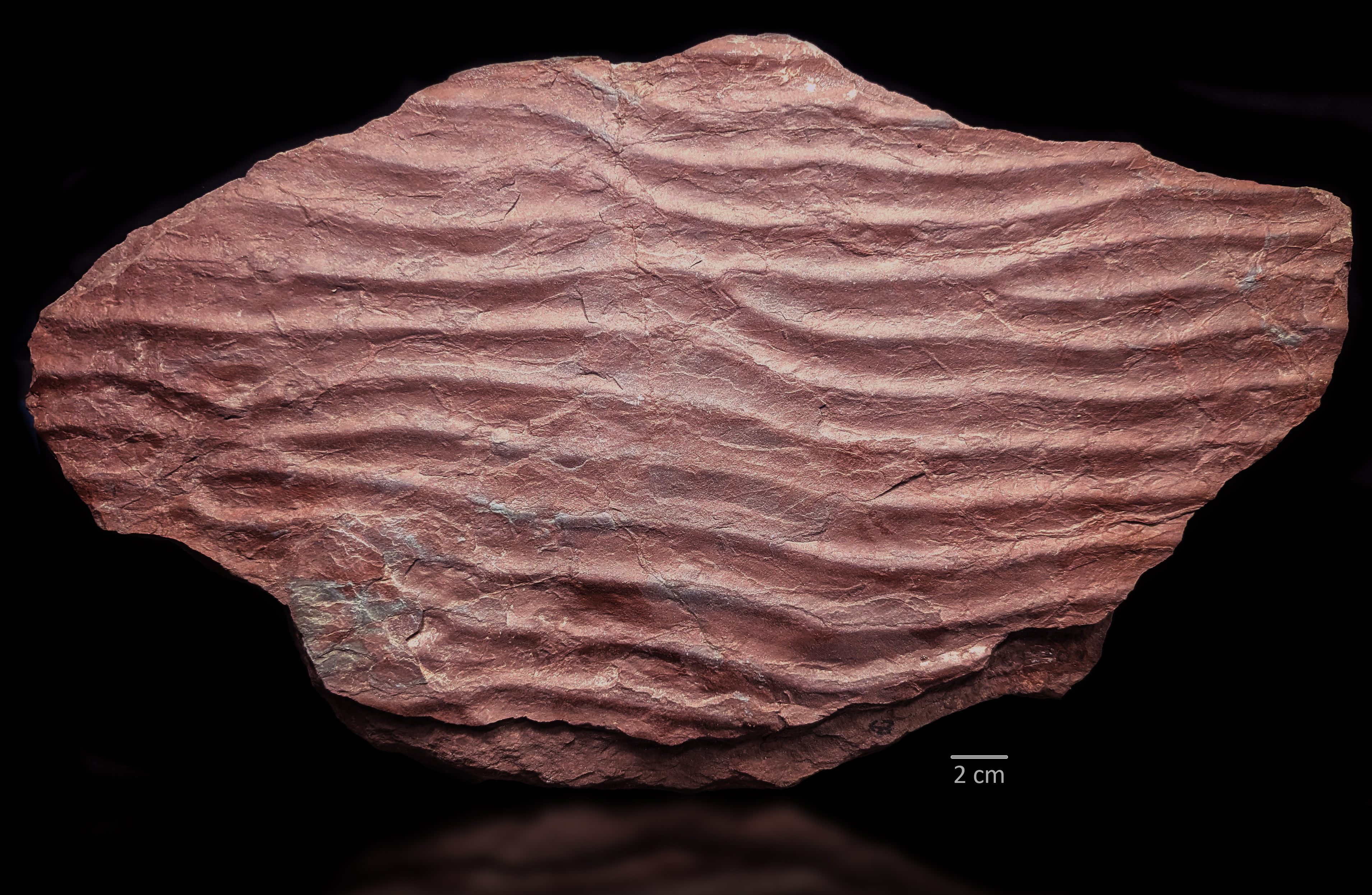Sedimentary Structures Lab Samples
- Page ID
- 27030
\( \newcommand{\vecs}[1]{\overset { \scriptstyle \rightharpoonup} {\mathbf{#1}} } \)
\( \newcommand{\vecd}[1]{\overset{-\!-\!\rightharpoonup}{\vphantom{a}\smash {#1}}} \)
\( \newcommand{\id}{\mathrm{id}}\) \( \newcommand{\Span}{\mathrm{span}}\)
( \newcommand{\kernel}{\mathrm{null}\,}\) \( \newcommand{\range}{\mathrm{range}\,}\)
\( \newcommand{\RealPart}{\mathrm{Re}}\) \( \newcommand{\ImaginaryPart}{\mathrm{Im}}\)
\( \newcommand{\Argument}{\mathrm{Arg}}\) \( \newcommand{\norm}[1]{\| #1 \|}\)
\( \newcommand{\inner}[2]{\langle #1, #2 \rangle}\)
\( \newcommand{\Span}{\mathrm{span}}\)
\( \newcommand{\id}{\mathrm{id}}\)
\( \newcommand{\Span}{\mathrm{span}}\)
\( \newcommand{\kernel}{\mathrm{null}\,}\)
\( \newcommand{\range}{\mathrm{range}\,}\)
\( \newcommand{\RealPart}{\mathrm{Re}}\)
\( \newcommand{\ImaginaryPart}{\mathrm{Im}}\)
\( \newcommand{\Argument}{\mathrm{Arg}}\)
\( \newcommand{\norm}[1]{\| #1 \|}\)
\( \newcommand{\inner}[2]{\langle #1, #2 \rangle}\)
\( \newcommand{\Span}{\mathrm{span}}\) \( \newcommand{\AA}{\unicode[.8,0]{x212B}}\)
\( \newcommand{\vectorA}[1]{\vec{#1}} % arrow\)
\( \newcommand{\vectorAt}[1]{\vec{\text{#1}}} % arrow\)
\( \newcommand{\vectorB}[1]{\overset { \scriptstyle \rightharpoonup} {\mathbf{#1}} } \)
\( \newcommand{\vectorC}[1]{\textbf{#1}} \)
\( \newcommand{\vectorD}[1]{\overrightarrow{#1}} \)
\( \newcommand{\vectorDt}[1]{\overrightarrow{\text{#1}}} \)
\( \newcommand{\vectE}[1]{\overset{-\!-\!\rightharpoonup}{\vphantom{a}\smash{\mathbf {#1}}}} \)
\( \newcommand{\vecs}[1]{\overset { \scriptstyle \rightharpoonup} {\mathbf{#1}} } \)
\( \newcommand{\vecd}[1]{\overset{-\!-\!\rightharpoonup}{\vphantom{a}\smash {#1}}} \)
Identifying and Interpreting Common Sedimentary Structures
The images provided below represent sedimentary structures described in Chapter 4. Please use the space provided below to name the structures, determine their orientation as shown in the picture, and determine paleoflow direction (if applicable).
Options for describing the orientation include:
- Bedding plane view: top of the bed
- Bedding plane view: bottom of the bed
- Bedding plane view: cant tell top or bottom
- Cross-sectional view
- Can't determine orientation from this image
Options for describing paleoflow include:
- Unidirectional (right to left, top to bottom, etc)
- Unidirectional, but can't tell specific direction (right to left or left to right, etc.)
- Bidirectional/oscillatory (right to left, top to bottom, etc)
- Can't use this structure to interpret paleoflow
| Structure Name | Sample Photo | Orientation | Paleoflow |
|---|---|---|---|
|
#1
|
|||
|
#2
|
|||
|
#3
|
|||
|
#4
|
|||
|
#5
|
|||
|
#6
|
|||
|
#7
|
|||
|
#8
|
|||
|
#9
|
|||
|
#10
|
|||
|
#11
|
Geologic Sketches
Ripple Cross-Laminated Sandstone

This sample of ripple-cross laminated sandstone has important characteristics that can be seen both on bedding plane surfaces and in cross section. Capturing the complex 3D form and interpretive component of the observations is not something that can be easily done. Using the steps described in Geologic Sketches, try to make your own annotated sketch of this specimen
Flow-Aligned Tentaculites

The specimen pictured above shows Tentactulites fossils with a preferred orientation(s) caused by a moving current. Your goal is to make an interpretive sketch that shows the orientation of these fossils and your interpretations of the current that formed them using the information provided in 4: Sedimentary Structures, the techniques in Geologic Sketches, and conversations with your classmates and the instructor.
Additional Readings and Resources
- All images on this page are via Michael Rygel at Wikimedia Commons (CC BY-SA 4.0)
- Kentucky Geological Survey page on Tentaculites: https://www.uky.edu/KGS/fossils/fossil-of-the-month_2022-04_Tentaculites.php












